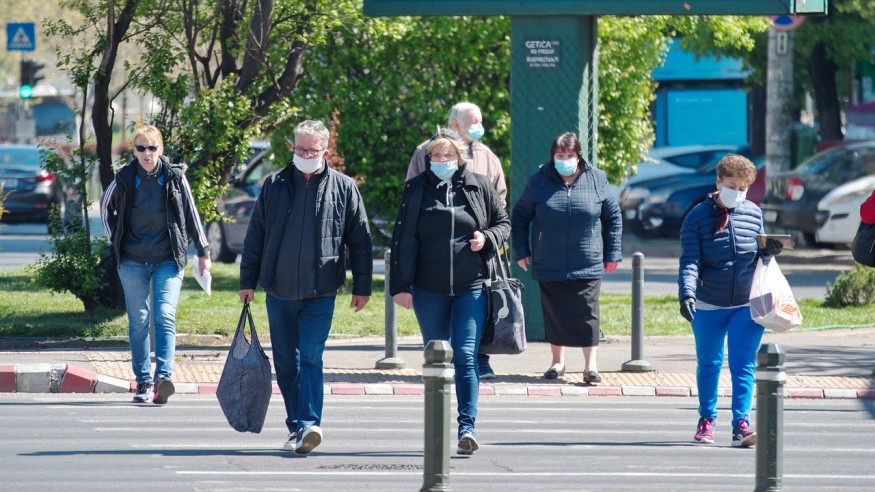Winter is currently in North America and other countries along the temperate and polar zones. With the holiday travels come a triple threat of respiratory infections - COVID-19, flu, and RSV - also known as winter 'tripledemic.'

What is Tripledemic?
Tripledemic is a scenario where the number of COVID-19, respiratory syncytial virus (RSV), and influenza cases significantly increases simultaneously in the community. According to Baystate Health Infectious Disease chief Dr. Armando Paez, the threat of a tripledemic is recognized when the number of infections from these viruses increases, so the healthcare system cannot deliver effective and appropriate medical care.
The term 'tripledemic' gained use at the end of 2022 when people started discussing the potential spread of viral infections and their impacts on public health and healthcare facilities. Unlike the technical terms used in epidemiology, the word 'tripledemic' is an informal term used by some health and medical officials.
COVID, flu, and RSV all have similar symptoms. Since they all affect the respiratory system, sneezing, coughing, and a runny nose are hallmarks of each. They present high risk for children, older people, and those with compromised immune systems.
The winter months bring with them a host of viruses. Since December 2023, health authorities have been monitoring COVID, flu, and RSV infection rates. During the 2022 tripledemic, the peaks of these viruses overlapped, resulting in chaos in emergency care centers.
Ease in Tripledemic Surge
Before the end of 2023, the Centers for Disease Control and Prevention (CDC) reported a rise in hospitalizations related to respiratory illnesses. These infections are not unusual to increase around the holidays since people travel more, while colder weather leads to more time spent indoors. In a recent report, the CDC noted that the tripledemic retreated for a second week this month.
In a week ending January 13, the CDC reported that 24 states plus Washington, D.C., experienced "high or very high" levels of patients seeking healthcare for respiratory illness symptoms. It was a decline from 37 states and territories the week ending January 6.
Viruses that cause respiratory infections also put less strain on the nation's hospitals. COVID-19, flu, and RSV accounted for 6.3% of emergency room visits during the second week of January. It indicates a drop from 7.9% across all three viruses the week prior and 9.9% in the last full week of December.
In general, it can be concluded that COVID-19 emergency room visits dropped 19% week-over-week, with 32,861 hospital admissions over the week. The percentage of positive tests for COVID-19 and RSV declined by one point to 11.8% and 8.4% of total tests. Meanwhile, positive flu tests remained stable at almost 14%.
Last year, vaccines for each virus have finally become available. To prevent healthcare shutdowns, the CDC recommends eligible individuals stay up to date on all their shots.
Read also: Top 5 Germ Hotspots as Cold and Flu Season Looms: Protecting Against a Potential 'Tripledemic'
Check out more news and information on Tripledemic in Science Times.
© 2026 ScienceTimes.com All rights reserved. Do not reproduce without permission. The window to the world of Science Times.












